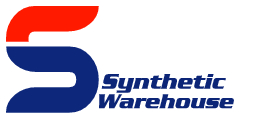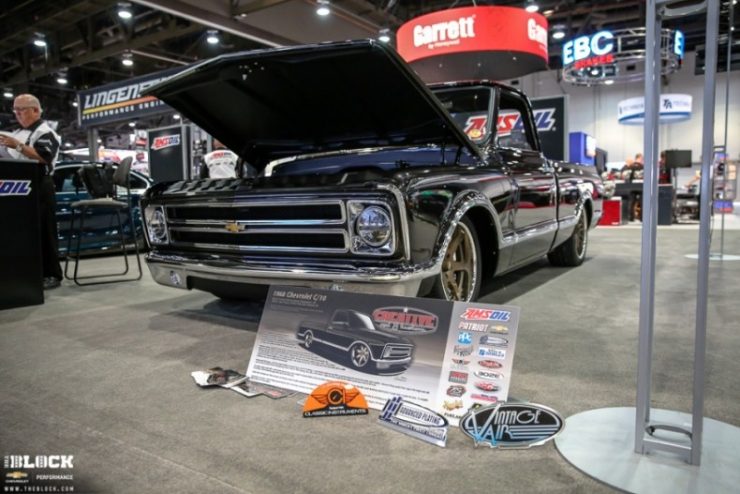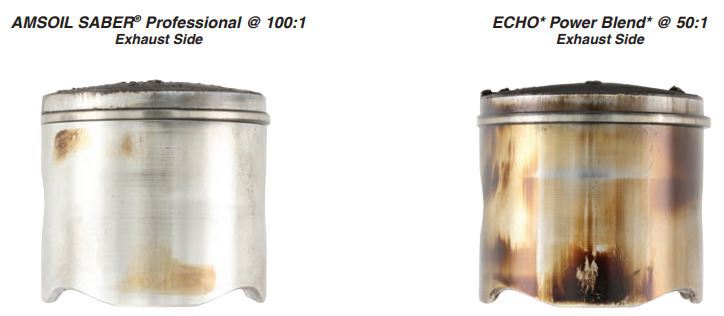The Pros and Cons of Semi-Synthetic Oils and Synthetic Blends
Scott D. Galbreath asks via our Facebook page about the pros and cons of synthetic blend motor oils. Thanks for the question, Scott.
Making sense of motor oil can be confusing and frustrating. Choosing among full synthetics, synthetic blends, semi-conventional, conventional, high-mileage full synthetics and synthetic blends is just the beginning.
For many, synthetic blends and semi-synthetics are the most confusing. In part, this is because they fall between conventional and full synthetics on the motor oil spectrum. Examining the pros and cons of synthetic blends may help eliminate confusion.
Are synthetic blends and semi-synthetics the same?
When evaluating synthetic blends, it’s helpful to define the terms “synthetic blend” and “semi-synthetic”. Generally speaking, synthetic blends and semi-synthetic refer to the same thing: an oil that uses a combination of conventional and synthetic base oils in its formulation.
It’s important to note that, while base oils are a fundamental element of a motor oil’s formulation, they’re only part of the picture. Additives make up the other part of the equation, and the quality and concentration of additives have a significant affect on the oil’s protection and performance. Lastly, there are no industry specifications or regulations that define a minimum amount of synthetic base oil that must be present for an oil to be classified as a synthetic blend or semi-synthetic.
3RD Party Note: Since there are unfortunately No regulations as to what the definition of “Synthetic” is at this moment of posting – the real meaning of these words or labels are created only to drum-up whatever desired image in the mind of the consumer. So if Synthetic Blend makes someone feel better about the oil than an conventional line, that’s really all it is. A name.. Thus the reason why when someone tries AMSOIL they really notice a change in performance. They are really getting what they think they are getting.
Uncertainty in a bottle
This uncertainty presents a few problems.
For starters, the level of protection the oil delivers compared to a conventional oil can vary depending on the proportion and quality of the synthetic base oils in the formulation. Because synthetic base oils have greater molecular uniformity and stability compared to conventional base oils, they reduce oil burn-off in the presence of extreme heat and oxidation, which results in reduced oil consumption, improved wear protection and a cleaner engine. However, obtaining these benefits from a semi-synthetic or blend is in direct proportion to the amount of synthetic base oils in the formulation, which is unclear at best and dubious at worst.
3RD Party Note: (Just as I noted above)
For a deeper dive on how much “synthetic” is in your oil, check out this post.
Left behind
In addition to uncertainty over quality, semi-synthetics and blends are in danger of being left behind as advances in automotive technology and increasingly strict original equipment manufacturer (OEM) specifications continue to raise the bar for motor oil protection. It’s becoming more difficult for blends to meet and exceed these specifications. For example, take the later GM dexos1® Gen 2 specification. While it may be possible to meet the requirements of GM dexos1 Gen 2 with a blend, the majority of brands that meet the specification appear to be full synthetics. Offering protection beyond the dexos1 Gen 2 spec likely requires an oil made from synthetic base oils and a robust, well-balanced additive package.
But meeting Gen 2 is about five grades below what the current AMSOIL formulations are capable of. That includes our lower cost OE line.
Which should you choose?
Historically, synthetic blends have offered the advantage of lower price compared to full synthetics. As the full synthetic category has matured, however, this price advantage has diminished. Using the passenger car motor oil category as a barometer for the popularity of synthetic blends shows that blends account for the smallest share of the category and blends have experienced little-to-no growth recently.
Many motorists – and enthusiasts in particular – want the best engine protection they can afford. And many of them conclude that, when it comes to synthetics, the old adage, “If some is good, more is better” holds true. That’s why full synthetics continue to grow in popularity.
This same belief drives our focus on formulating synthetic motor oils with more built-in protection to exceed industry and OEM specifications. No matter what’s in your garage or your bank roll, AMSOIL has a 100% synthetic oil for you that delivers more protection.
FIND AMSOIL PRODUCTS FOR MY VEHICLE
Oh – and if you are of the opinion, “Any oil will do just fine as long as you stick with 3000 mile oil changes” please try the oil from the dollar store and do that and let us know how that goes!









